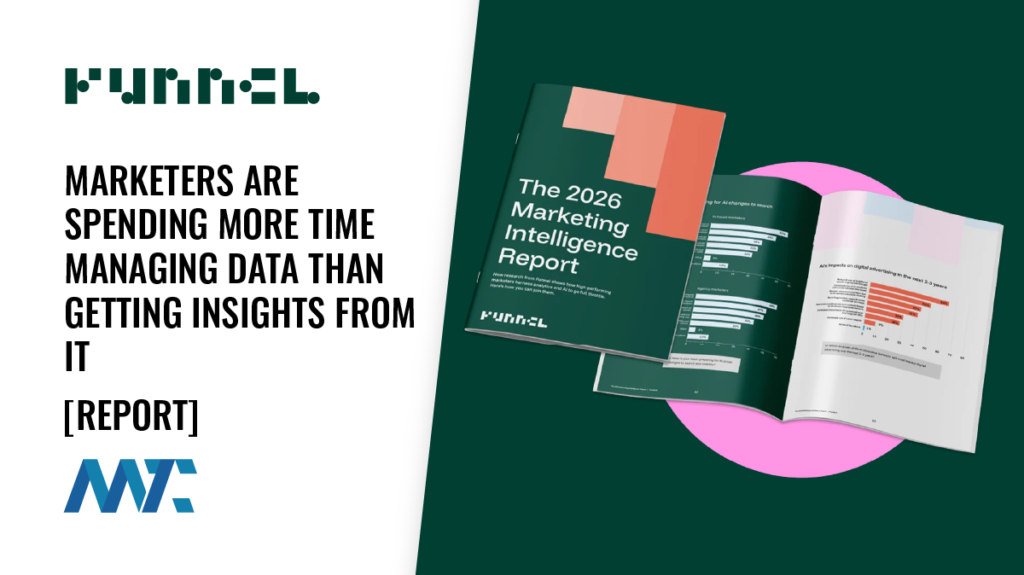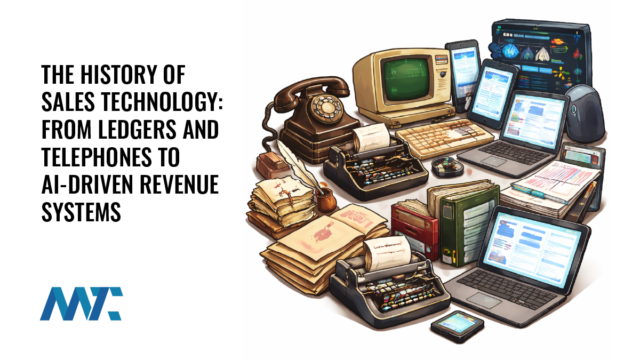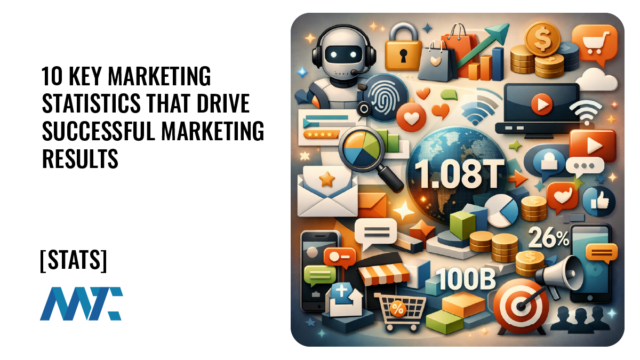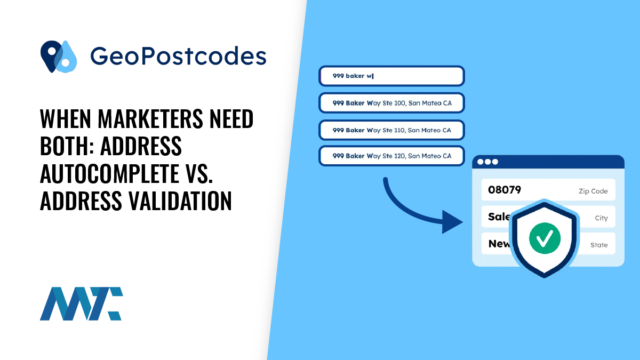You Don’t Have to Replace Your CDP System – You Have to Fill the Gaps

Today’s CDPs struggle to meet the time and availability thresholds organizations need to utilize their data, resulting in lost opportunities and revenue.
67 percent of respondents have onboarded a Customer Data Platform (CDP), yet only 17% have reported high utilization of them.
Gartner
Here are some of the most common gaps that we hear from organizations when it comes to their CDP systems:
Data Gaps
Gaps in data can largely be attributed to tagging and inaccuracy. CDP vendors are heavily reliant on tagging, complex data models, and change management processes that result in an exorbitant amount of time maintaining the system.
These tag management systems require custom tagging, with no out-of-the-box data models or data signals to leverage. When they break, the data isn’t collected at all, which is a major problem.
Wouldn’t you rather use the data than wrestle to get it? And when you do, not worry about its accuracy?
Digital Identity Gaps
Organizations work with flawed identity solutions that provide broken identities and disjointed consumer profiles.
If you can’t connect the dots of a single consumer’s activity across all interactions with your brand, that’s considered an identity gap.
Problems solving for anonymous, data loss from cookie deprecation or disparate systems, and the inability to build proper customer profiles indicate you have digital identity gaps.
Connectivity Gaps
Marketers and data scientists have more data at their fingertips than ever before, and it’s growing exponentially. But the best data in the world is useless if you can’t connect it to the systems that can actually action on it.
These gaps can manifest in many ways, but the most common are:
- Live-time Activation: This refers to the challenges and limitations of integrating data sources into the CDP. With these gaps, you’ll find your platform’s ability to collect, unify and actually use your customer data hindered.
- Compliance: Integrating sensitive data from different sources into a CDP requires robust compliance and adherence to ever-changing regulations. Gaps will occur when data transfers are affected by security vulnerabilities.
- Data Silos: This refers to the incomplete or fragmented customer profiles that result from data sources or types not integrating properly into the CDP.
It’s crucial that the data you capture must be sent to activation and decisioning systems within milliseconds, enabling customization while the visitor is still on your site. But most CDP solutions take hours, or even days, to land the data into downstream systems for activation.
Connectivity gaps all have one thing in common: they prevent companies from using their data to its full potential.
Is my CDP really working for me?
With all these gaps in place, it’s important to ask yourself if your CDP is bringing you any value.
The promise of the CDP is lacking in two very key areas: the ability to provide data to use in the moment and the ability to solve for digital identity in a way that is usable in the channel in live-time.
Building another warehouse of data that is reliant upon poor quality data sources to feed it in the first place is just exacerbating the problem you already have.
If you’re concerned about the limitations of your CDP system, take a close look at your gaps and determine for yourself if your CDP system is working for you.







